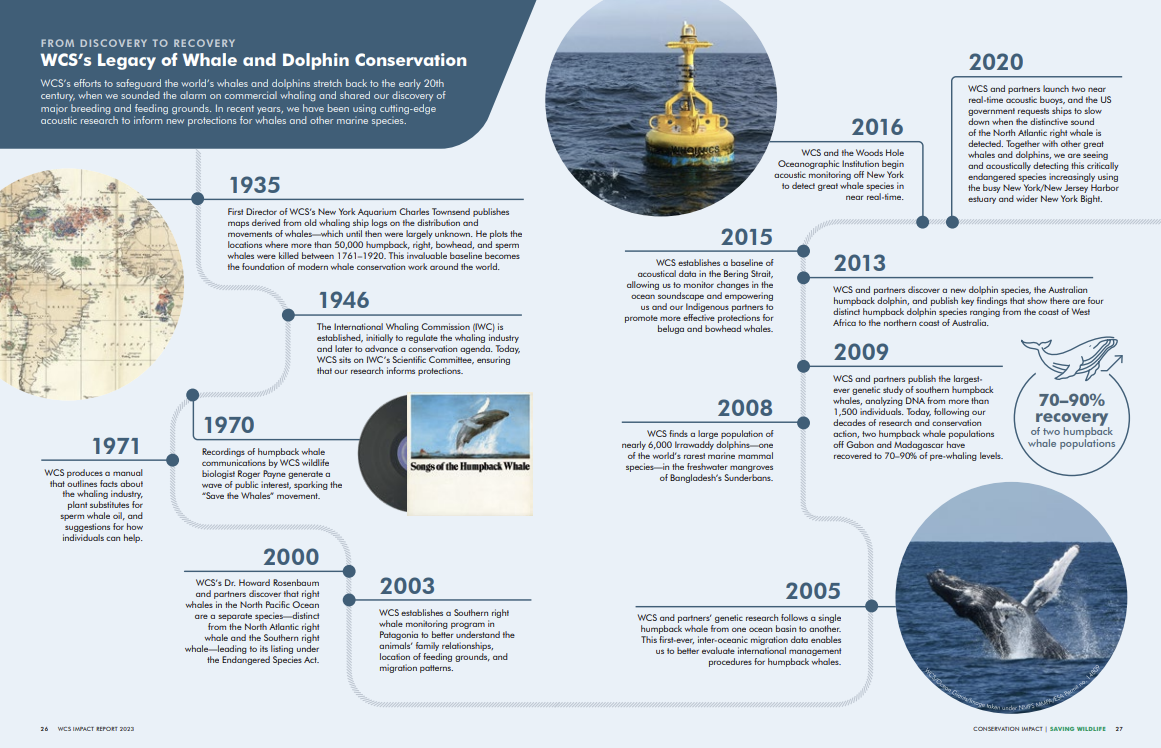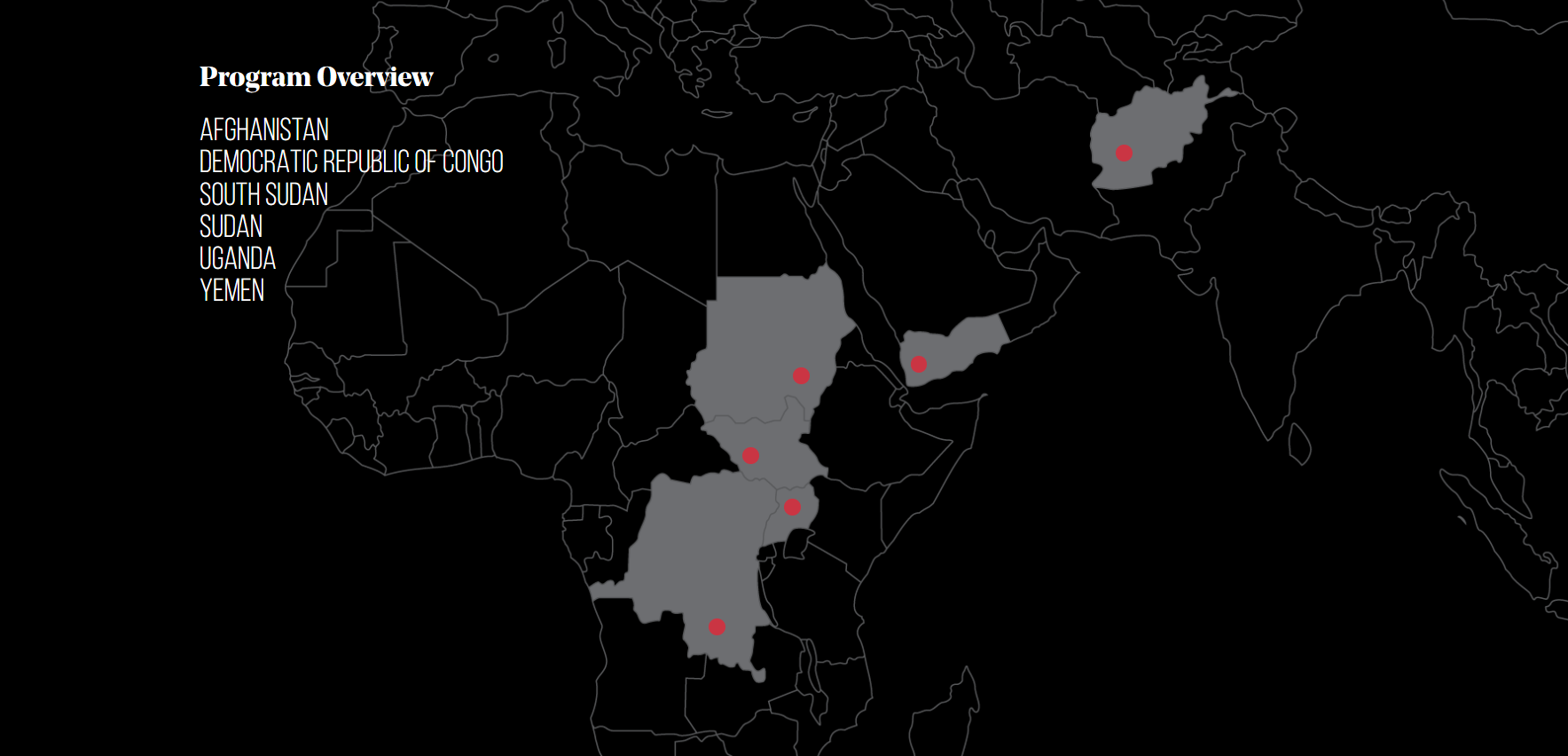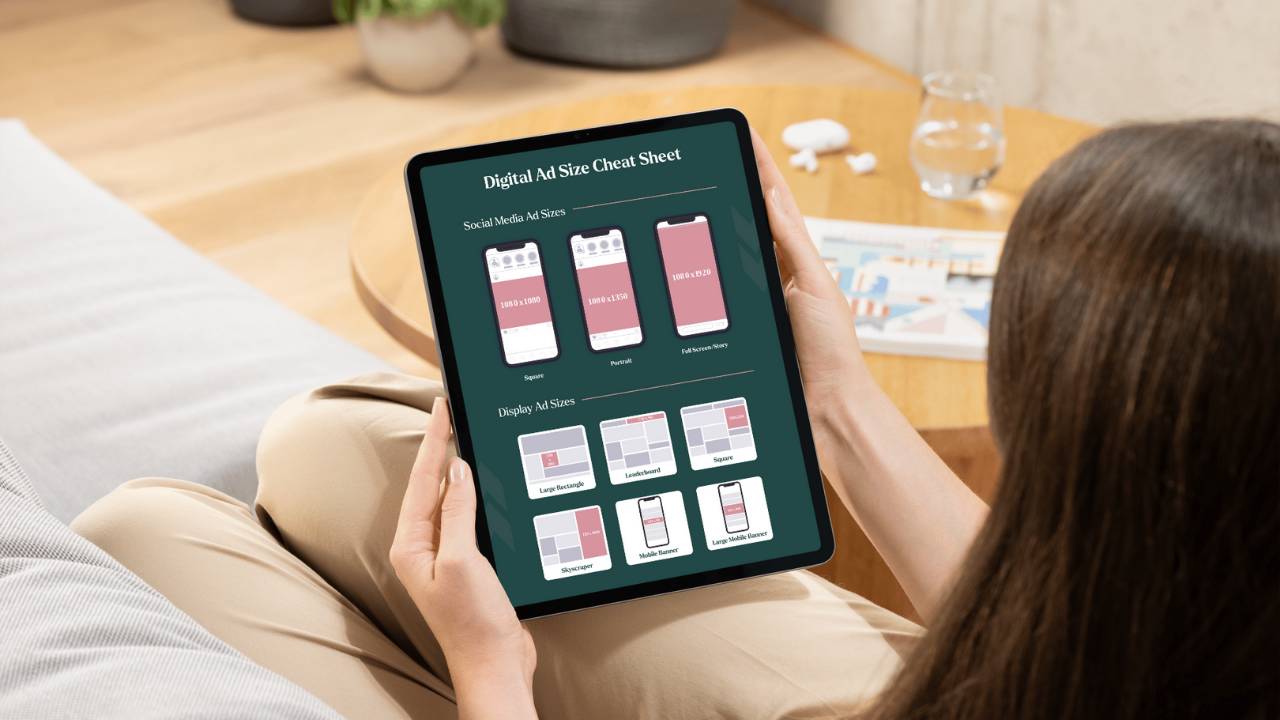How to Make a Sustainable Nonprofit Annual Report People Actually Want to Read
Feb 28, 2025
Dreading having to buid your nonprofits annual report this year? You're not alone. For many nonprofits, creating your annual report can feel like an overwhelming chore that just results in a boring document you feel at least partly sure no one even actually reads.
But what if your nonprofit’s annual report could be something more? What if it could engage, inspire, and serve as a valuable tool for storytelling, donor engagement, and even marketing throughout the year? What if it was fun to create or something people actually wanted to read?
During this month's live Q&A for our Nonprofit Marketing Academy Members, we shared how nonprofits can rethink their annual reports using creative and sustainable strategies. We reviewed our favorite trends from annual reports across the nonprofit sector and shared practical tips that'll make this year's annual report feel less daunting and worthwhile.
The Challenges of Annual Reports
For many nonprofits, creating an annual report is a daunting process. Common challenges include:
-
Reports that are too long and text-heavy, making them difficult to read.
-
A lack of engaging visuals, leading to a dry presentation of information (no one likes looking at a wall of text!).
-
The struggle to balance financial reporting with compelling storytelling.
-
The uncertainty of whether anyone is actually reading the report.
A well-designed annual report should simplify the process, incorporate storytelling, and embrace new formats that keep the content engaging and digestible.
A New Approach: Simplifying the Process
Did we just say simplify? Yes! It's okay to take a more simple approach to your report, and it may in fact benefit you in the long term in doing so!
Instead of tackling everything at once, start with a clear outline to streamline content creation. Identify key elements to include, such as:
-
Impact metrics and data.
-
Personal stories or testimonials.
-
Acknowledgments for donors and partners.
-
Financial transparency and key funding breakdowns.
Check out Wounded Warrior Project's 2023 Report for example. It use structured templates to keep their reports consistent, ensuring each section highlights clear impact and remains easy to navigate.
Elevating Your Annual Report: Best Practices
1. Show Progress with Timelines
If you've done a lot in the last year, rather than say it all through text, a timeline can be a great way to show the progress of what you've achieved. You can get creative with the visual, but the result is the same: a more easily consumable illustration of your impact over the year or across the lifetime of your organization.
Here are just a few of our favorite examples!
2. Use a Theme to Create Cohesion
A clear theme helps tie the report together and makes it more engaging. From a creation standpoint, it can really help you more easily determine how to organize your content. From a reader standpoint, it can help drive the story you're trying to tell home.
For example, Team Rubicon's 2023 report is organized around “The 3 Rs” (Response, Recovery, and Resilience), making it easy for supporters to follow their mission’s impact.
Meanwhile, Habitat for Humanity International's 2024 report used a blueprint theme, aligning their visuals in a fun way with their core mission of homebuilding.
3. Make It Visual and Easy to Read
Many reports overwhelm readers with dense paragraphs and too much data. Instead, opt for a visually compelling layout with clear sections, infographics, and engaging imagery.
For example, Second Harvest Food Bank does this well by using large visuals and icons to highlight their mission. Instead of presenting financials in a text-heavy format, they pair impact numbers with images that reinforce their work.
4. Bring Your Data to Life with Storytelling
Remember that data alone isn't enough. It's storytelling that is going to make the impact real. We know sometimes it can be difficult to tell the stories of those you've helped if by nature they'd rather keep their identities and stories private. But there are ways to still tell stories in a way that maintains that balance of respect and impact.
For example, Planned Parenthood's 2022-2023 report builds their report around personal testimonials without having to show faces or identities, using the phrase “Above and Beyond” as a guiding theme. Each section includes both statistics and real stories from individuals their services have helped to help share the story behind the numbers.
Rethinking the Format: Go Beyond the PDF
This heading isn't to say that PDF's don't have their place. For example, if you're audience is older and still relies primarily on print versions of the report, it may not make sense to put in additional effort to optimize consumption in a more digital space.
But as we do move in the direction of a more digital means of distribution, it's good to know that a traditional PDF report isn’t your only option (or at least, presenting your report like a traditional PDF isn't your only option). Many nonprofits are embracing digital and interactive reports to make the experience more engaging.
1. Interactive and Web-Based Reports
Putting your content on a webpage rather than a PDF gives a lot more options to make your report more dynamic and engaging. This can be a great option for those who have a lot of video media or a lot of text, which could benefit from being hidden to prevent overwhelm until someone is ready to consume the information.
As an example of the former, Habitat for Humanity Twin Cities created a scrolling web-based report featuring videos and interactive content. This format makes the content feel more dynamic and immersive.
As an example of the latter, War Child Canada uses an interactive map that allows users to explore their impact by region, making the experience more engaging.
2. Flipbooks and Enhanced PDFs
For those who prefer a more traditional format but still want some digital engagement, flipbooks offer a great solution to make them have something much closer to the print experience on a digital platform.
For example, Families Forward created a flipbook report that mimics the experience of flipping through a printed document, while still allowing for clickable links and a seamless online experience.
Getting Your Report Seen
Even the best-designed report won’t be effective if no one reads it. Ensure visibility by integrating your report into your nonprofit’s ongoing content strategy.
1. Share Key Takeaways on Social Media
Break down your report into bite-sized social media posts throughout the year. You can repurpose almost everything for this purpose! Each testimonial, stat, story, graphic, etc. could potentially be excellently reused on social.
2. Use Video to Walk Through Your Report
Green-screen videos, where a team member walks through key highlights while the report appears behind them, can make the content more digestible. This format is especially useful for data-heavy sections that need more context.
3. Leverage Email and Website Pop-Ups
Sending your report in an email campaign ensures it reaches donors and stakeholders directly. Including a website pop-up when the report is first released can also help increase views.
I'm Ready to Create My Annual Report!
We're glad to hear it! Your annual report process doesn’t have to be overwhelming, and it can be both sustainable and drive a lot of impact if done right!
To help you, we've put together a little freebie! Our Free Annual Report Checklist will walk you through 7 steps to create an engaging, visually appealing, and story-driven annual report that you’ll be excited to share with the world! Click here to download it now.
Stay connected with more free nonprofit resources!
Join our mailing list to receive the latest news and updates from our team.
We hate SPAM. We will never sell your information, for any reason. Unsubscribe at any time.













